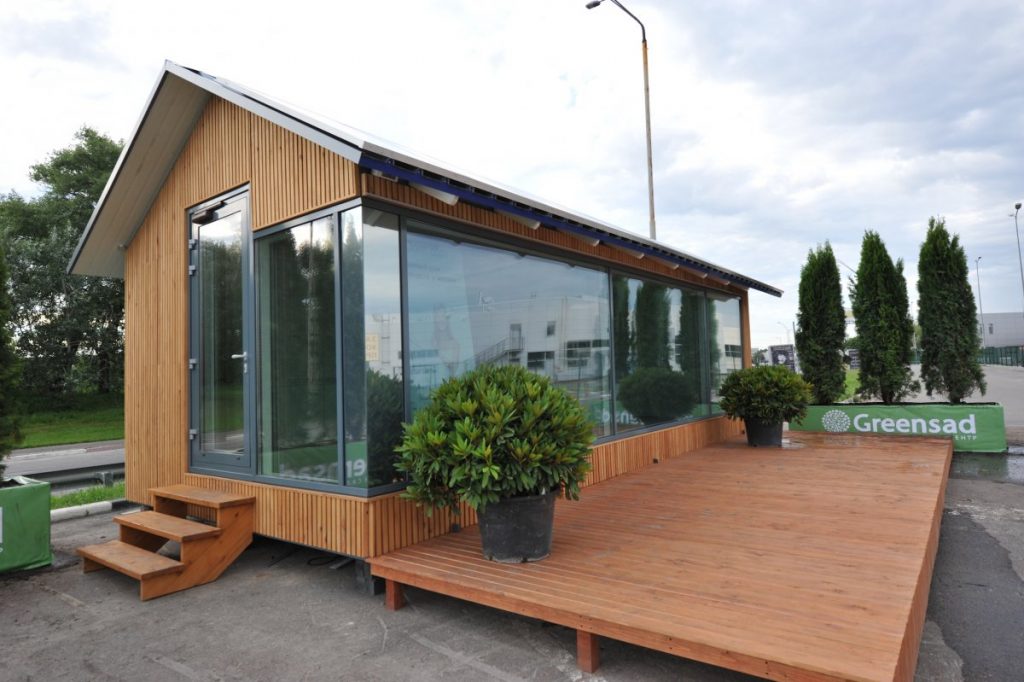Let’s finish off 2017 by continuing the “Suitable Work Type” post series. It’s time to talk about a few work types that don’t make sense to do remotely. At least not yet.
I know, it’s a bit strange to see a post on a remote-work blog talking about this. But when advancing a big change, such as a major shift in how many jobs are done, one must expect opposition. Especially when said shift threatens a lot of jobs (including that of the opposition).
I’ve already had people throw out counterarguments like:
“How will police do their jobs, huh?”
“You can’t do ER work remotely, so that means the whole thing’s wrong!”
To a large degree, these arguments are true. For now. They just don’t consider the future perspective.
I’m writing this post to illustrate how true they are, if there’s any progress toward making them remote-friendly, and why this doesn’t disprove the larger telecommuting shift.
Identifying Non-Suitable Work Categories
A reminder: I’m grouping the following into categories. These are segments of the workforce, with many specific jobs under their umbrella. Easier to envision them this way.
Most (but not all) of these jobs we cannot yet do remotely. Not without severely low efficiency, and/or serious risk to the larger populace.
I want to stress something before I continue: These jobs are important.
They help us build & sustain critical parts of our economy. In no way does my listing them here minimize their necessity.
That said, let’s take a look at the criteria.
The Criteria (Again) for Remote Work Suitability
I’ll use the same set of criteria as the last post.
- Primary Role – Where is this role most effective?
- Job Location vs. Customer Location
- Do the daily duties require physical interaction?
- Which communication methods are commonly used?
- What is the ideal communication method for this job?
- What output does the job generate, and where does it go?
Work Type 1: Blue-Collar/Trades
This is a blanket term for many constructive roles (literally) – plumbing, electrical, residential/commercial construction, etc.
- PRIMARY ROLE – Tradespeople are most effective at a worksite. This can be a new construction location, a home in need of repair, and so on.
- LOCATION – The customer may not necessarily be at the job location. For instance, commercial developers in one city paying workers to wire a building under construction the next city over.
- DUTIES REQUIRE PHYSICAL INTERACTION – Yes, definitely. Pipes can’t lay themselves (yet), buildings can’t build themselves (yet).
- COMMUNICATION METHODS – The trades can use any communication they want. My limited experience has told me that many workers like phone calls, texting, and conference calls. All methods they can use while on-site.
- IDEAL COMMUNICATION – At this point, I’d have to say texting is ideal. It doesn’t force a worker to stop what they’re doing, and they can keep in touch with whomever they need to.
- OUTPUT & WHERE – The trades produce some of the most tangible output possible. New homes, office buildings, city infrastructure, sewage & electrical systems, and much more.
Remote Work in such a field is not possible. At least not entirely. Instead, we have a lateral change occurring in the trades…automation! Automation is making a lot of headway in terms of construction. Witness robots building houses!
A Robot Can Print This $64,000 House in as Little as Eight Hours – Futurism

Photo courtesy of Futurism.com.
(The technology is still a bit preliminary. That will change, fast.)
Work Type 2: Medical (in Part)
Another huge blanket term, covering everyone from orderlies to cardiac surgeons.

Photo by Benjamin Voros on Unsplash
- PRIMARY ROLE – The site of patient injury.
- LOCATION – There are three primary locations for medical professionals: the Hospital, the Injury Site, and the Patient Home.
- DUTIES REQUIRE PHYSICAL INTERACTION – Yes, for almost all instances.
- COMMUNICATION METHODS – Direct person-to-person, by phone, through electronic records, some email, texting.
- IDEAL COMMUNICATION – I’m going to say a combination of person-to-person and electronic records here. Phone is fastest, but it’s also the most subject to misunderstanding. How clear can you be on the phone if your family member/friend is bleeding?
- OUTPUT & WHERE – Medical professionals output better patient health.
Since the medical work type must work in so many capacities, Remote Work is largely impossible. However, some aspects of it CAN work remotely.
For example, HealthTap is developing technology capable of replacing a doctor visit/consultation. One very large aspect of the entire medical profession…done from anywhere.
Think of how this would benefit Doctors Without Borders. They could estimate where to send the most resources based on ground-level experience, all gathered before anyone begins travel. Mission successes would jump, resource allocation efficiency improves, and most importantly, more people stay healthy.
Work Type 3: Emergency Response
These are the people working in between things like the medical and legal industries. Firefighters, EMTs, Search & Rescue, and so on.

Photo by Mike Anderson on Unsplash
- PRIMARY ROLE – The site of emergency.
- LOCATION – Anywhere people are injured, lost, or in danger. Any place property is damaged.
- DUTIES REQUIRE PHYSICAL INTERACTION – In most cases, yes. Visual assessment and physical response are key.
- COMMUNICATION METHODS – Any & all available. These professions even have their own communication channels (e.g. specific radio bands, point-to-point calls).
- IDEAL COMMUNICATION – The profession’s own communication channels work best. That’s why they developed them!
- OUTPUT & WHERE – This work type outputs mitigated emergencies. Injured people treated, lost people found, property preserved, fires put out.
There’s too much travel for this work type to accomplish 100% remotely. However, we’re already replacing aspects of it with automation.
Self-driving vehicles help with the ambulance question. We don’t yet have machines which can do EMT work in the back of an ambulance…but we will automate the driver’s role very shortly. Search & Rescue? Launch drones! It’s not as good as an expert tracker’s eye, but it’s much more efficient than mobilizing dozens of people when seconds count.
Work Type 4: Law Enforcement
This work type primarily covers police and related bureaus (e.g. federal investigators). To a lesser degree it also covers judges.

For some reason I just like this photo. Maybe it’s because he isn’t rushed or angry or under threat. He’s just out there doing his job. Photo by Jordan Andrews on Unsplash
- PRIMARY ROLE – Law enforcement does their job best when they’re able to interact with colleagues and suspects.
- LOCATION – One important point here. Law enforcement’s “customer” is actually the citizen. Their job is to protect & serve citizens, by enforcing laws among them. Thus their job location is best characterized as “in the field.”
- DUTIES REQUIRE PHYSICAL INTERACTION – Yes. Some police departments insulate themselves from the populace; this is not only wrong, it’s inefficient. It breeds distrust among citizens and an authoritarian attitude among officers.
- COMMUNICATION METHODS – Police generally use radios, electronic records, phone calls, and email.
- IDEAL COMMUNICATION – I would lean more toward electronic records as best. I don’t know if you’ve ever listened to 911 call recordings or police dispatch calls, but the audio quality (not to mention vocal timbre) is terrible!
- OUTPUT & WHERE – Law Enforcement’s best output is a safe environment for citizens. When children can play outside without their parents fearing the worst.
What’s the Remote Work future for law enforcement? Robots! We already have robots which can monitor locations, provide a ‘presence’ to deter crime, and process criminals. They aren’t perfect. But nothing is in early stages.
For now though, we don’t have robots that can chase down a suspect or conduct questioning. Law enforcement is not Remote Work-suitable just yet.
The Future: Automation Can Replace At Least Some of These
As I pointed out above, automation looms large for many work types. Overall I believe this is a good thing; jobs such as firefighting and construction take a heavy toll on workers’ bodies. Any form of lightening that load should be employed.
Does that mean fewer jobs (even remote ones) for individuals in these work types? To a small degree, yes. But we will always need people to manage the drones, maintain the equipment, program them, fix mistakes…
Not everything will be remote work. But more of it will shift as automation grows. Which can actually help Remote-Enable more professions!
I’ll dedicate more posts to automation later. It’s a meaty topic; a bunch of professions deserve an address from its perspective.
For now, thanks for reading, and Happy Holidays!
What’s your perspective on these work types Remote-Enabling in the future?

1 comment